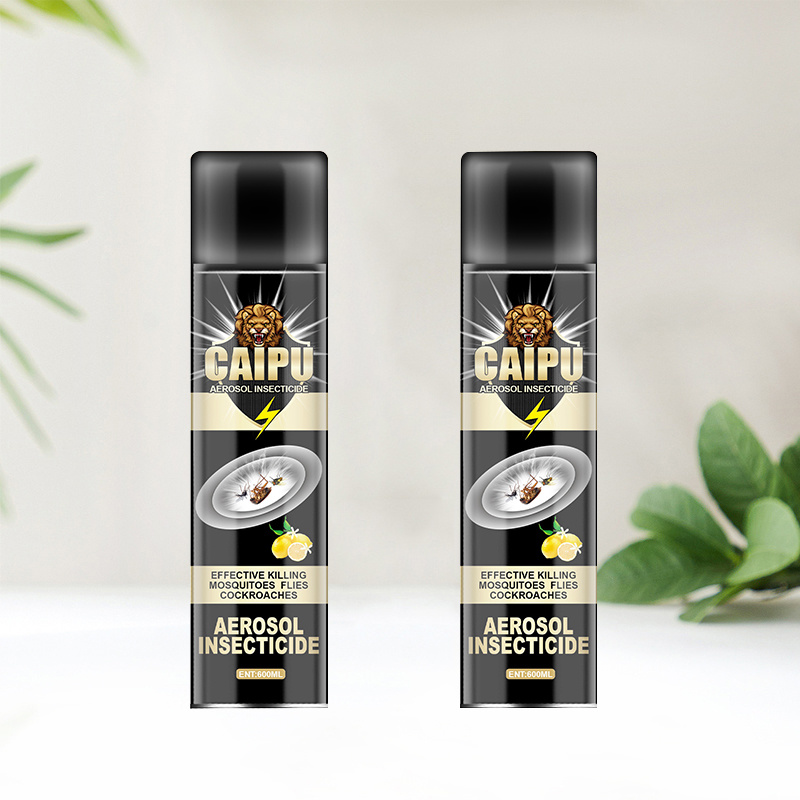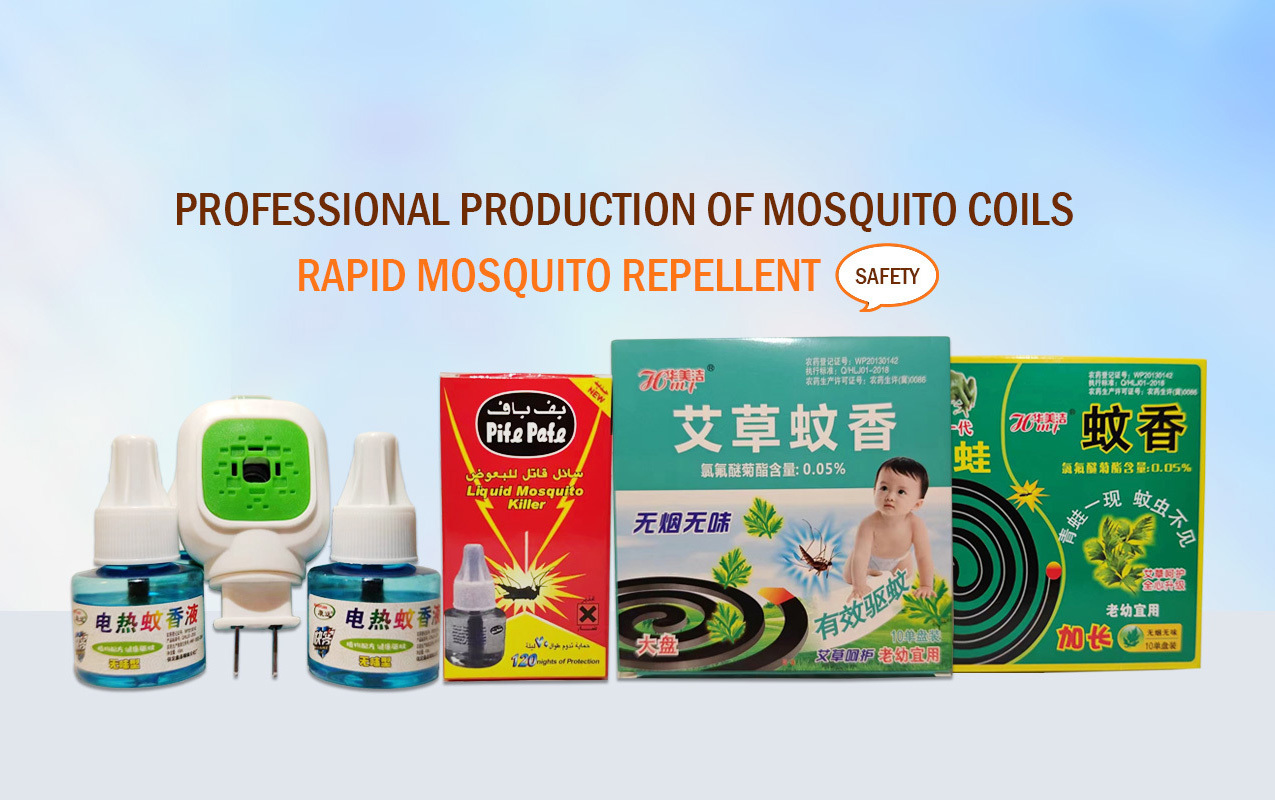Mosquito Fogging Insecticide Gains Traction in Vector Control Efforts
2025-09-12

Amid rising concerns over mosquito-borne diseases, fogging insecticide has become a critical tool in integrated vector management strategies. This approach utilizes specialized equipment to disperse fine insecticide droplets, targeting adult mosquitoes in areas with high breeding activity or disease transmission risk.

The product operates through insecticide spraying techniques, creating a mist that penetrates foliage and outdoor spaces where mosquitoes rest. Its efficacy relies on precise formulation and application timing, often during peak mosquito activity at dawn or dusk. Key ingredients typically include synthetic pyrethroids, which disrupt insect nervous systems upon contact.
Applications extend beyond residential settings to agricultural, industrial, and public health sectors. Farms use fogging to protect livestock and workers from mosquito nuisance, while urban areas deploy it during disease outbreaks to reduce transmission risks. However, effectiveness depends on environmental factors such as wind speed and temperature, and overuse may contribute to insecticide resistance.
Vector control programs emphasize combining fogging with larval source management and public education. As noted by industry practices, proper calibration of equipment and adherence to safety protocols are essential to minimize non-target impacts.
While fogging offers rapid knockdown of adult mosquitoes, its temporary nature requires repeated applications. Experts stress that sustainable mosquito management must prioritize habitat reduction and community engagement alongside chemical interventions.
Recommend News
Contact Us
Leave Us A Message


